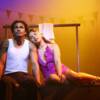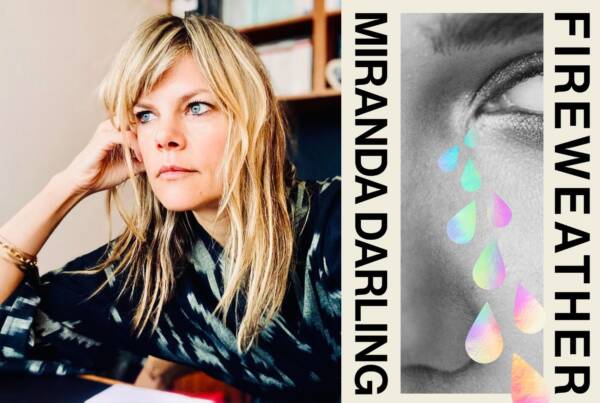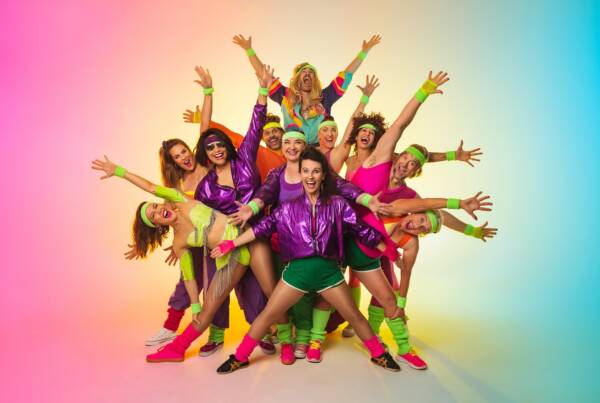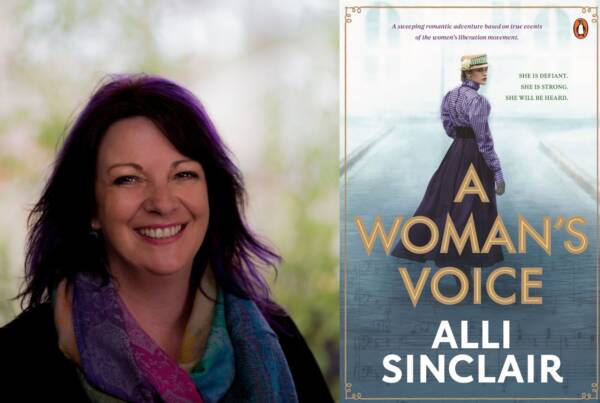Words by Erandhi Mendis // Photos by Brandon Walter
 There are myriad ways to spend a lazy Saturday afternoon alone – until last weekend I did not have “pretending it’s night time with 10,000 people raving to the seminal 2010 hit song TikTok, live before the tennis” on my bingo card.
There are myriad ways to spend a lazy Saturday afternoon alone – until last weekend I did not have “pretending it’s night time with 10,000 people raving to the seminal 2010 hit song TikTok, live before the tennis” on my bingo card.
Nevertheless, life is full of surprises.
Celebrating more than 100 years since the Australian Open became an official Grand Slam, the tournament has evolved into an economic and cultural juggernaut. Becoming a cornerstone for Melbourne’s shift towards tourism and leisure, this was bolstered further by the introduction of AO Live in 2023 – the official three day music festival of the tournament.
It seems ambitious to run the babushka doll of events inside one of the biggest occasions on the city’s calendar – something that becomes obvious when I discover all the AO Live tickets have an all inclusive grounds pass to the tennis.
I’m registered for Day 3 – a ridiculous combination headline of Kesha and Armand Van Helden, with Benson Boone, Bella Amor, Channel Tres and Kaytranada playing the previous two nights. Surprising nobody at all, it’s completely sold out. This is to my detriment only, as it means I am riding solo to something that nobody should ever have to experience alone: when they close the arena roof in the middle of the day and then re-open it, expecting everyone to pretend like nothing happened.
For complete transparency, I am here mostly to write about Kesha and it is simply good fortune that I also love Armand Van Helden’s 2024 Boiler Room set. Given how many people appear and then swiftly disappear after her set, it seems I am not the only one. Be that as it may, the opening lineup is also stacked and everyone present experiences the dictionary definition of euphoria when Bag Raiders play Shooting Stars. I dance with strangers in the sunshine and somehow forget that it is not even 5pm yet.
I would be forgiven for thinking this, as the aforementioned controversial (albeit welcomed) roof closure bathes the arena in faux nighttime. Glitter laden fans rush to their seats with their overpriced liquor and if I squint it could be any other late night. But Kesha is not just any other artist.
 For those who knew her formerly stylized as Ke$ha, it is somewhat of a fever dream when the lights come up and she sings the opening bars of TikTok. Ever the misunderstood party girl, if you hadn’t followed the pop culture treadmill you might have missed the years of lawsuits, the autoimmune illness that almost killed her or the desire – in her words – to “dismantle piece by piece” the music industry.
For those who knew her formerly stylized as Ke$ha, it is somewhat of a fever dream when the lights come up and she sings the opening bars of TikTok. Ever the misunderstood party girl, if you hadn’t followed the pop culture treadmill you might have missed the years of lawsuits, the autoimmune illness that almost killed her or the desire – in her words – to “dismantle piece by piece” the music industry.
She yells into the microphone, “wake up in the morning like f*** P Diddy,” an edit to the original lyric; one that has become concrete since last summer’s Coachella performance alongside Renee Rapp. She repeats herself three times for effect, the crowd screaming with her.
“F*** that guy,” she mutters before launching into the rest of the song. It seems an ironic twist for Kesha of all people to have his name bound to her breakout single. Diddy, now at the centre of numerous allegations of abuse, assault and sex trafficking feels somewhat analogous to Dr. Luke, the original producer of TikTok, and the man at the crux of Kesha’s decade long sexual assault and emotional abuse lawsuits.
It crystallises her longing to upend an industry that not only failed her but continues to motorcade a legion of crimes hidden largely by wealth, rarely unveiled by time.
Still, her love for the art is enduring and obvious. The performance of her biggest hit is if anything, subdued (save for the newfound rage) – it seems like this is a warm up. Which is to say that it’s obvious she backs her discography; it would be safe and predictable to put TikTok as the encore. What happens next suggests her catalogue lends itself perfectly for a tight 60 minute arena set.
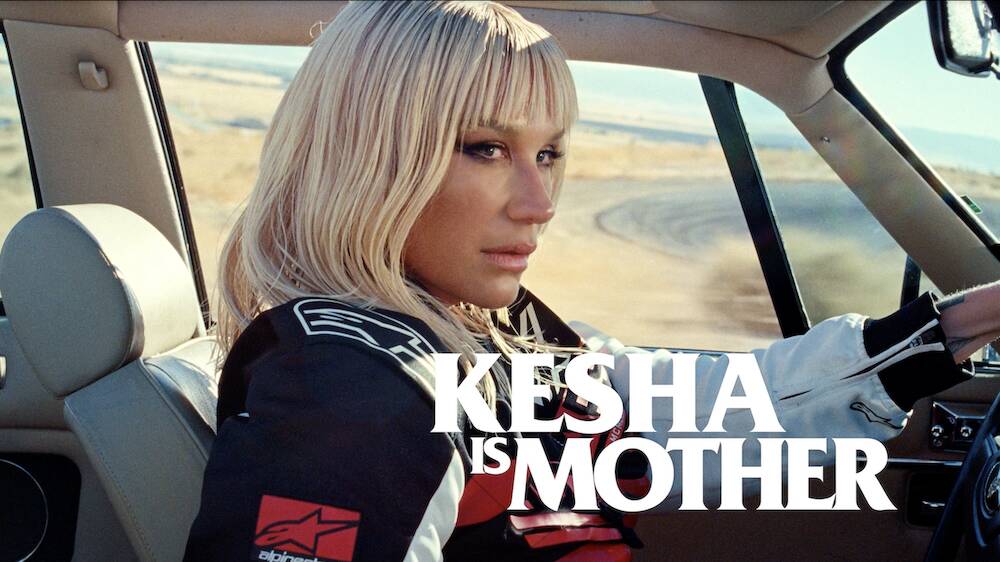 To describe her performance as camp is almost a disservice. Of course it is glitzy and feral in equal parts, but not many would bring choreography and stage props for a daytime set. She holds a tennis racquet and serves a ball into the crowd. Her four dancers in bondage hoods with metre long plaits flank her as she pierces a blood pack on her arm and smears it across her body. I can assure you holding a butchers knife has never looked so flamboyant.
To describe her performance as camp is almost a disservice. Of course it is glitzy and feral in equal parts, but not many would bring choreography and stage props for a daytime set. She holds a tennis racquet and serves a ball into the crowd. Her four dancers in bondage hoods with metre long plaits flank her as she pierces a blood pack on her arm and smears it across her body. I can assure you holding a butchers knife has never looked so flamboyant.
She does Cannibal and Backstabber covered in fake blood before taking a breath to let her dancers surreptitiously place a nun’s veil over her head. I half expect them to go full coif and wimple but in a matter of moments the sacrilege becomes clear as she bursts into Raising Hell. Often noted as her ‘comeback single,’ the half gospel half bounce/EDM track contorts religious iconography and the perception of sanctity into something cheeky and ostentatious. “I’m all fucked up in my Sunday best / No walk-of-shame ’cause I love this dress / Hungover, heart of gold, holy mess / Doin’ my best, bitch, I’m blessed.”
In order to get through ALL her hits we receive some creative setlist treatment. Radio hits like Die Young and Timber are performed in halves, Take It Off has an interlude that sees the audience throwing underwear onto the stage, “ooh we’ve got a jockstrap!” she lilts in autotune before dedicating Your Love Is My Drug to her “loser” boyfriend. I feel flung back to 2010 as though someone has passed me a bottle of Passion Pop while wearing chunky heels and an inordinately sized boho belt. It’s around this point in the set when I think with complete seriousness that someone should study the enduring cultural impact of Animal. “Has anyone out there ever dated a loser? They make for great songs.” I laugh to myself and then feel like I am on a benign drug trip when the visuals suddenly become repetitive cartoon penises on a technicolour background. Why? Couldn’t tell you, but it is silly and fun which is all anyone signed up for today.
At some point when my eyes return to my body I notice she has changed into a little tank top with the words “Kath and Kim and Kesha” emblazoned on the front. You have to give it to the girl – she knows her audience. “Should we do blow?” she yells into the arena to an almost disturbingly loud response.
- Image by Owen Lambourn
- Image by Joel Stewart
I can appreciate that for the uninitiated, it seems odd for an artist like Kesha to visit Australia to perform back catalogue hits at the tennis? Firstly, I wouldn’t question getting to experience joy. But secondly – this is incredibly considered promo in one of her most prominent markets for her upcoming unnamed sixth studio album.
Late last year after settling the oft referenced lawsuit with Dr. Luke and splitting with her previous management, Kesha announced her own record label to release her music independently, “my name has become synonymous with transparency, integrity, and safety, and I want to ensure that these values are upheld for myself and any future artists signed to my label.”
It is only right then that she plays her newest single, Delusional. Again, knowing her audience – she puts the lyrics on screen which works a treat to get the entire arena singing along. “I wrote this song about my [other] loser ex-boyfriend. He broke up with me because I didn’t take him to Taylor Swift’s party – he’s fucking delusional.” No truer statement ever told.
The setlist is 90% party, such is Kesha’s hitmaking machine – but there is a moment of pause when she shares that a few days prior, her beloved Persian cat Carl unexpectedly passed away. “It’s been way too fucking long, and I’m so happy to be here. This event is iconic, but the day before I got on the flight to come here, my little baby kitty passed away. I fucking love my cats, and it was so painful… I almost couldn’t get on that flight, but I thought of all of you.” All the best performers I’ve ever seen live somehow intersperse vulnerability into their sets and after all the smoke, strobes and camp – this is Kesha at her most real. She dedicates the emotional Justin Tranter/Caroline Pennell co-write Hate Me Harder to him and the arena is lit up just for Carl.
Returning to the stage in a red latex leotard and matching leather thigh high boots there are a million ways the encore could go. It’s easy to forget the number of top 10 charting collaborations Kesha has had in her career – Flo Rida, 3OH3! or even Macklemore. But instead, once again she backs herself, singing Praying. And I start crying.
Many years ago, I listened to this song on repeat on the world’s longest one and a half hour flight. I remember exactly what day it was: my flight had been cancelled and I was trying frantically to get home to see my niece before she went to bed on her birthday. Amongst that, it was also the last time I was forced to speak to someone who embodies everything I’d never want my niece to endure. It’s not an original experience – I look around the arena and everyone is misty eyed, some full blown sobbing. Kesha herself appears choked up by the time she gets to the bridge.
In her discography, Praying remains the strongest example of her vocal chops. For an artist characterised by party girl autotune music, it’s easy to forget the range and power she has as a vocalist. There is nowhere to hide on Praying, she is purposefully straining, almost screeching in falsetto and I’m completely taken aback as I didn’t anticipate hearing this one live in full.
For worse or better, the storied trial with her abuser centered the release of this record – the irony only that so much of Kesha in the media will forever be footnoted by this experience. She sings hopefully that eventually the world will forget his name but she knows by now, in order to speak about her experience publicly, his nine lives extend. It makes me think of a Tolentino quote about abuse – how the best case scenario for the victim in terms of adjudication is also the worst case for experience: for people to believe you, you must – to some degree – be publicly destroyed and/or tied to this forever. For all the glitchy robotic up-all-night party anthems Kesha has provided millennial culture – her enduring legacy is her fight to create art in the most challenging of circumstances.
Still, the original poster child for the concept we now know as ‘brat,’ she brings the mood back around doing Joyride after claiming she has come to the AO to get on a yacht and find a sugar daddy. Duh. The final track is We R Who We R, complete with local drag artists Freddie Merkin, DJ Cliterally, Marzi Panne and Pashion Couture all adorned with tennis balls. Pride flags are flown across the stage and the crowd is at its most boisterous. In truth I had completely forgotten we were at the tennis. It is outrageously fun, nostalgic and heartfelt from start to finish. The fans have made the arena feel like a true Kesha headline – it is cheeky and raucous in the best way possible – a victorious return for her to Australian crowds.
In the most Kesha way possible, after spraying immediately recognisable Dom Perignon over the crowd she proceeds to contort off the stage’s edge to gingerly throw the whole bottle champagne to a fan in the crowd. It seems like an insane thing to throw, but Kesha once again knows her audience and the enduring love affair Australians have with her music – they haven’t let her down all night and they’re not about to start.




